How I Do It: Pocket Flipbooks for Adults & Teens, Part 2
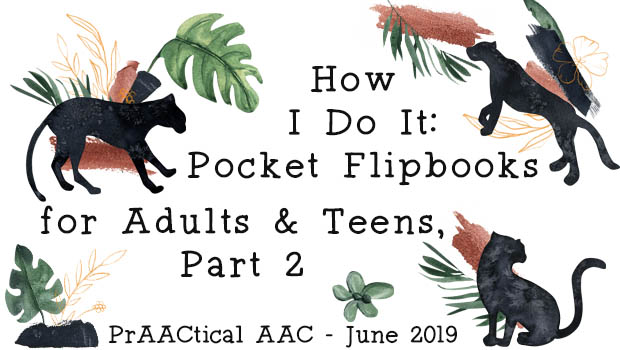
 Grilling, wine tasting, horse racing…What did you talk about this weekend?
Grilling, wine tasting, horse racing…What did you talk about this weekend?
The vocabulary and messaging needs of adults who have significant communication difficulties are often quite different than those of children and youth.
Today, we welcome back SLP Katherine Dally who continues to share her experiences in creating and using small flipbooks for adults with complex communication needs. The flipbooks in this post (which can be downloaded via a link later in the article) focus on leisure activities that are perfect for summer.
You can see Part 1 and download the template here.
:::::::::::::::::::::::::::::::::::::::::::::::::::::::::::::::::::::::::::::::::
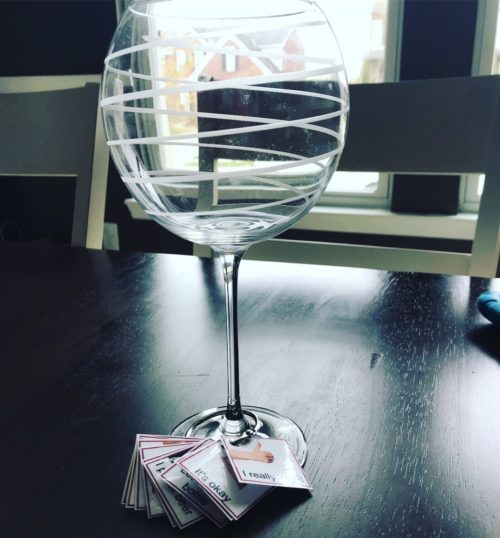
How To – Pocket Flip Book For Adults and Teens
Have you worked with a client who was given a generic, low-tech paper communication board at the hospital? These are the boards that include pain, yes/no, and bathroom, among other basic needs and wants. With these boards, personalization is limited. The topics can be important, but our clients who use AAC are not a one size fits all. Let’s look at the “how to” client-centered approach when creating these pocket flip books.
When meeting with clients, I collaborate with family, friends, and staff to fill out a pie chart like the one pictured below, based on the wonderful work of Sarah Baar at Honeycomb Speech Therapy. This chart helps to generate personally relevant words for all therapy tasks. I want to know anything and everything of interest to the client. What makes them tick? What do they want to talk about? Fun facts? Favorite stories? Discovering motivating topics will increase the likelihood of carryover and use.
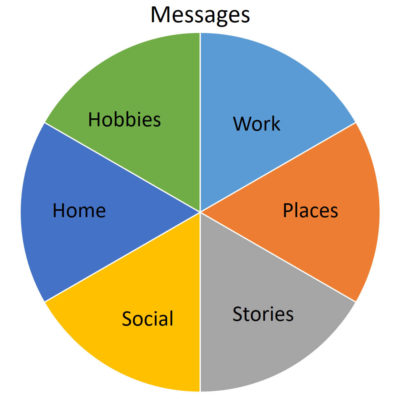
Keep it Simple with these two questions:
- What would you like to be talking about?
- What would you like to be doing?
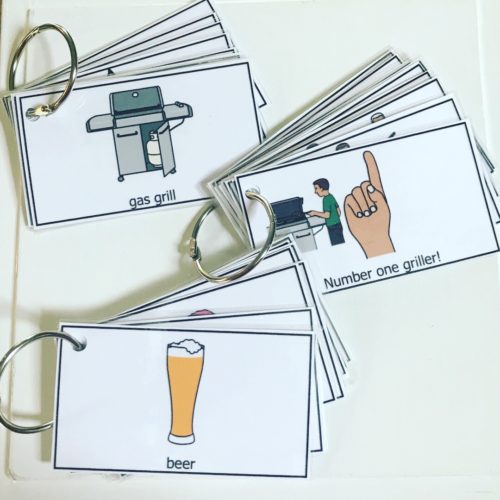
The pocket flip books are phrase based. Why?
- Phrases are efficient and quick
- No need to build messages if the language system and structure are impaired
- Allows for a mix of comments, questions, and requests per topic
- Allows for scripting if clients are working on verbal speech
- Provides additional context compared to single words
- Functional personalized language, i.e. more drink VS I’ll take another beer.
The flip books can also be paired with symbols, photographs or tangible objects.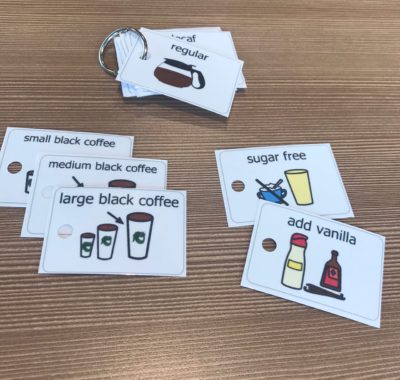
Check out these examples where clients moved beyond basic needs and wants, and talk about what is important to them:
- Placing bets at the racetrack (horses)
- Vacationing
- Wedding
- Ordering coffee
- Morning Routine
- Grilling
- Life is Good phrases
- Wine Tasting
- Karaoke singing
You can download the packet here.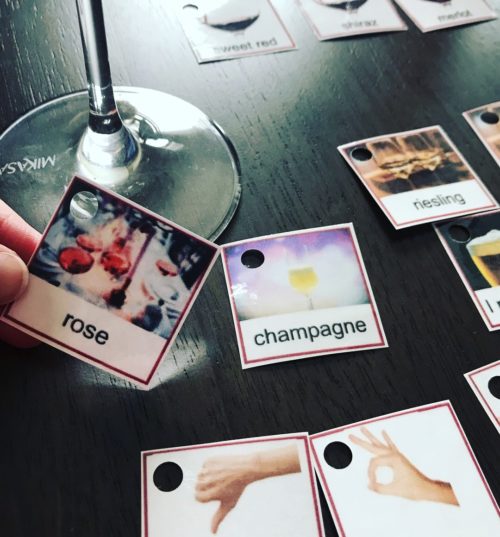
Follow this post and check back for part three, using a case example and creation of a flip book.
Filed under: Featured Posts, PrAACtical Thinking
Tagged With: adults, flipbook, leisure, teens, vocabulary
This post was written by Carole Zangari

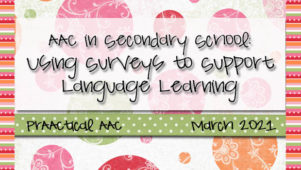
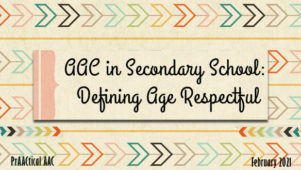
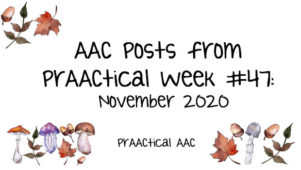
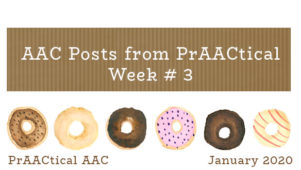
1 Comment
Very good!
In my daily life, phrase-speech and phrase-thought tend to be the most reliable means of communication.
It has about the right variety of prompt and embedding.
I especially appreciated the transition from basic needs through experiences.